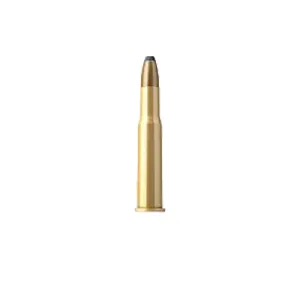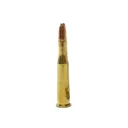Head to Head Comparison


0 Reviews
0 Reviews

0 Reviews
0 Reviews


0 Reviews
0 Reviews

0 Reviews
0 Reviews
MSRP:
$0.00Used Price:
$0.00New Price:
$0.00MSRP:
$0.00Used Price:
$0.00New Price:
$0.00Height
2.04
2.09
Average FPS
2373
1320
Average Grain
151
255
Average Energy
1888
986
Recoil
1.60
1.51
Ballistic Coefficient
225.45
355.00


.25-35 Winchester vs .30-30 Winchester


.270 Winchester vs .30-30 Winchester


.30-30 Winchester vs .32 Winchester Special


.30-30 Winchester vs .307 Winchester


.30-30 Winchester vs .32-20 Winchester


.30-30 Winchester vs .35 Remington


.30-30 Winchester vs .356 Winchester


.30-30 Winchester vs 7-30 Waters


.30-30 Winchester vs .444 Marlin